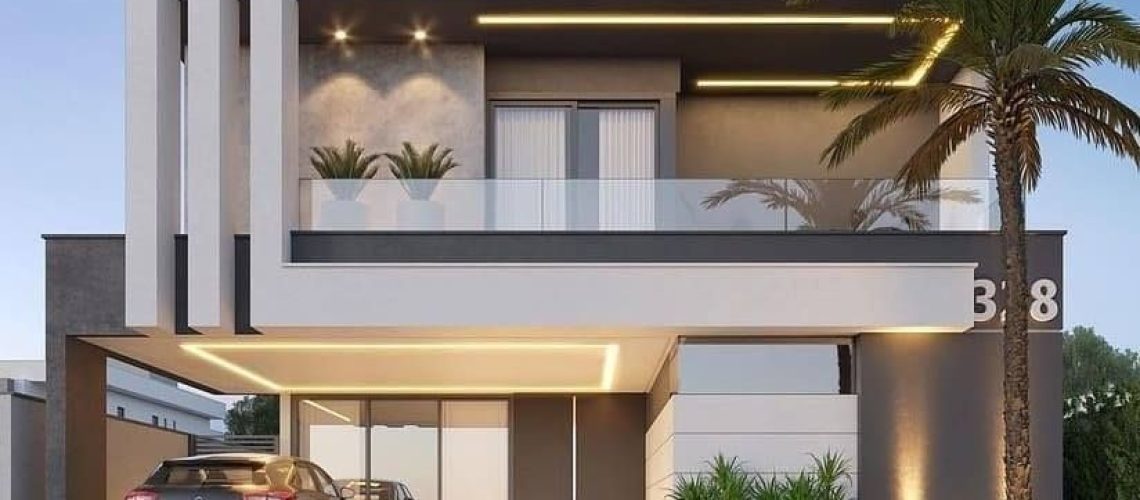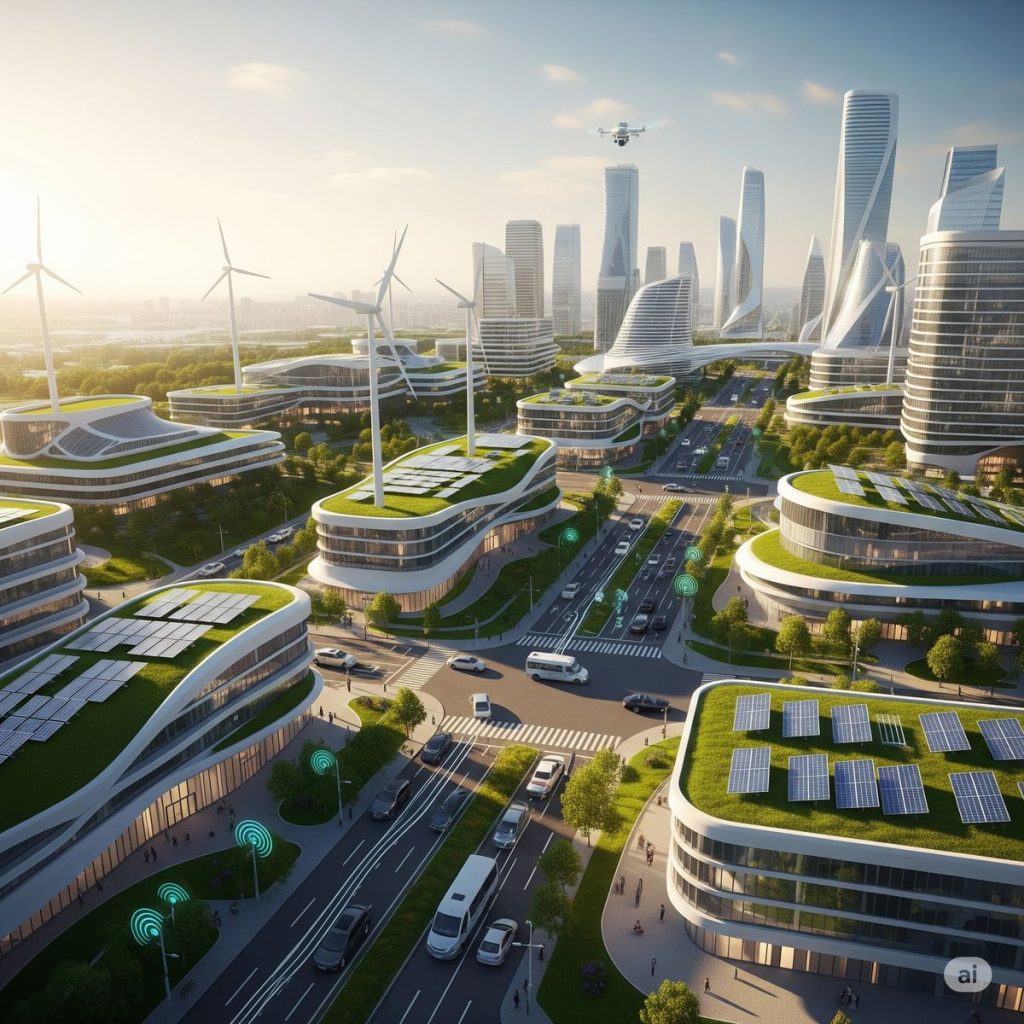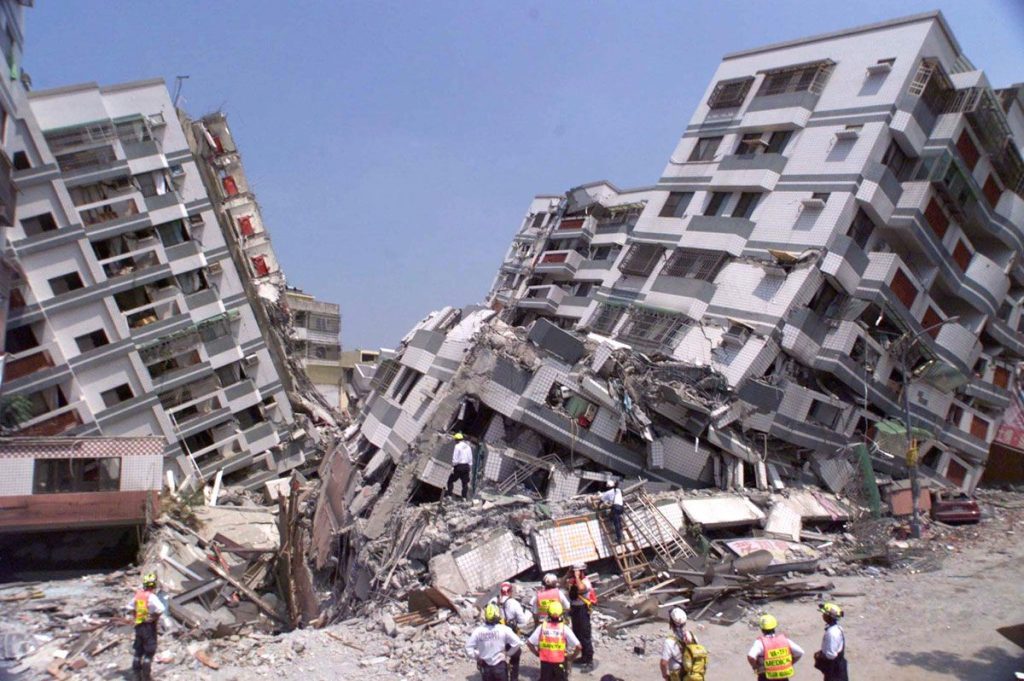Introduction : In today’s world, sustainable practices have become increasingly vital, and the construction industry has a significant role to play in creating a greener future. Incorporating green design principles in construction projects not only benefits the environment but also enhances energy efficiency, reduces operational costs, and improves the well-being of occupants. In this blog post, we will explore the importance of green design in construction, discuss key strategies and technologies for sustainable building, and highlight the benefits that arise from embracing environmentally conscious practices. Let’s dive into the world of sustainable construction and discover how we can build a brighter, more sustainable future.
Understanding Green Design in Construction
Green design, also known as sustainable design or environmentally friendly design, involves integrating practices that minimize negative impacts on the environment throughout the entire construction process. This section will provide an overview of green design principles, including energy efficiency, water conservation, use of sustainable materials, and waste reduction. We will explore the concept of life cycle assessment and how it helps in evaluating the environmental impact of construction projects.
Energy Efficiency: Creating Buildings with Reduced Energy Consumption.
Energy-efficient design plays a crucial role in green construction. We will discuss strategies such as efficient insulation, high-performance windows, and advanced HVAC systems that optimize energy consumption in buildings. Additionally, we will explore the benefits of incorporating renewable energy sources like solar panels and geothermal systems to further reduce reliance on fossil fuels.
Water Conservation: Minimizing Water Usage and Promoting Efficiency.
Water scarcity is a growing concern, making water conservation a key aspect of sustainable construction. This section will explore techniques such as rainwater harvesting, graywater recycling, and low-flow fixtures that reduce water consumption in buildings. We will highlight the importance of designing landscapes with native and drought-tolerant plants to minimize irrigation needs.
Sustainable Materials: Choosing Environmentally Friendly Options
Selecting sustainable materials is crucial in minimizing the environmental impact of construction projects. We will discuss the importance of using renewable, recycled, and locally sourced materials. Additionally, we will explore eco-friendly alternatives for common construction materials, such as bamboo flooring, recycled steel, and reclaimed wood, which not only contribute to sustainability but also add unique character to the built environment.
Waste Reduction and Recycling: Minimizing Construction Waste.
Construction generates significant waste, but adopting sustainable practices can help minimize it. We will discuss strategies like construction waste management plans, recycling programs, and the use of prefabricated components that reduce waste generation. We will also explore the concept of deconstruction and salvage, where materials from existing structures are carefully dismantled and reused in new construction projects.
Benefits of Green Design in Construction.
Embracing green design principles in construction projects brings a multitude of benefits. This section will highlight the advantages of sustainable building practices, including reduced energy and water costs, improved indoor air quality, enhanced occupant comfort and well-being, increased property value, and a positive brand image for construction companies committed to sustainability.
Conclusion.
Incorporating green design in construction projects is essential for building a sustainable future. By implementing energy-efficient measures, conserving water, choosing sustainable materials, and minimizing waste, we can create buildings that are not only environmentally friendly but also economically viable and socially responsible. The time to prioritize sustainability in construction is now, and by doing so, we can pave the way for a greener, healthier, and more resilient built environment. Let us work together to build a sustainable future for generations to come.





